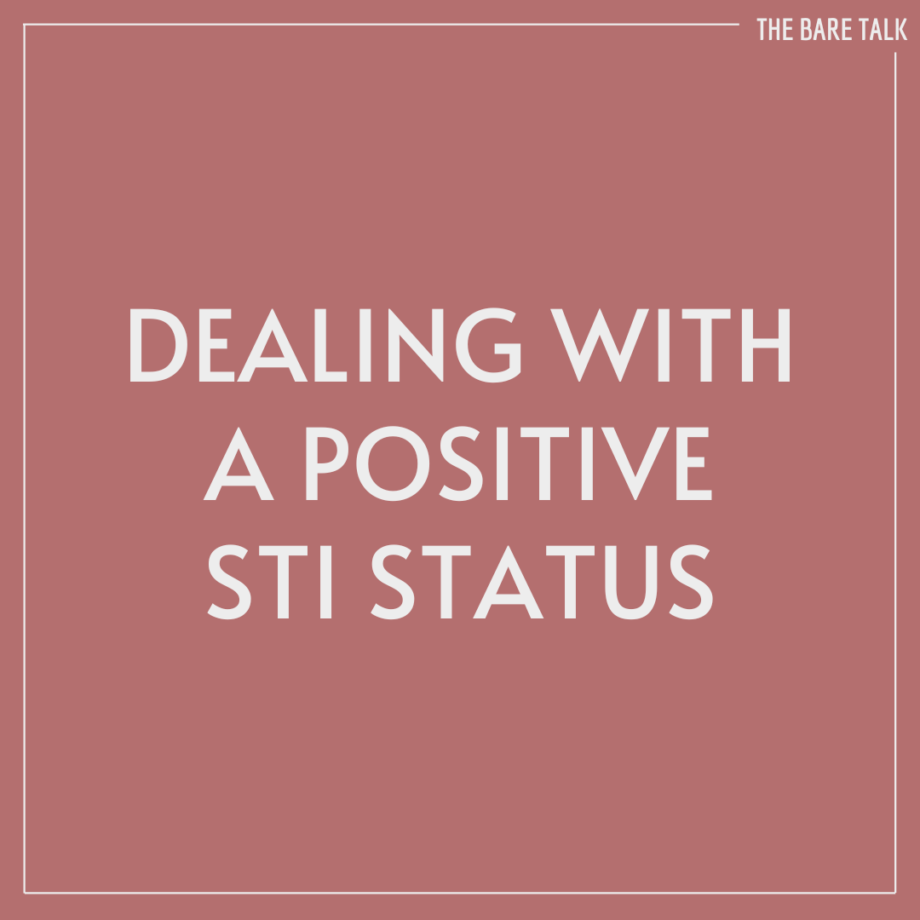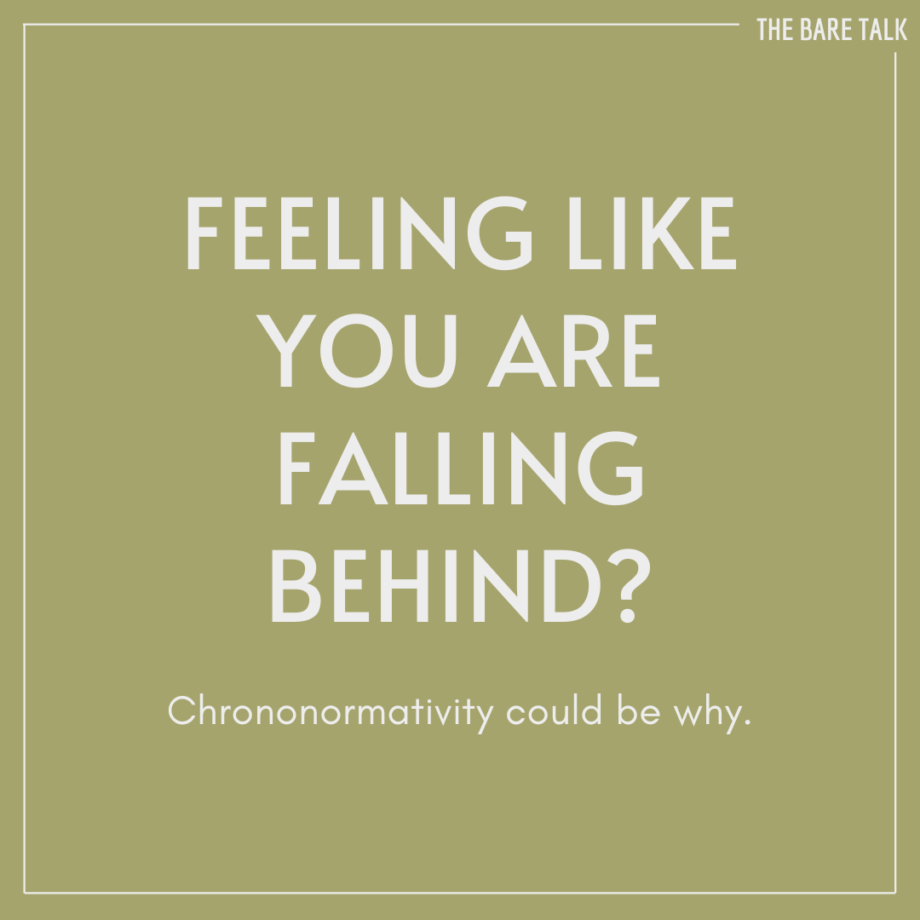*This may contain spoilers*
Aza Holmes, the protagonist, in John Green’s recently published fiction, Turtles All The Way Down, is not only a near perfect case study for understanding the basic symptoms of OCD, but also the severity & the impairment it causes in daily functioning.
Obsessive Compulsive Disorder (OCD) is one the most widely publicised disorders. We see versions of it books, on TV and even in films. However, most of the time, these portrayals depict the disorder in a ‘glamorized’ manner, not showing the level of impairment the disorder entails.
According to the ICD-10, the disorder is characterised by recurrent obsessional thoughts or compulsive acts. These obsessional ideas, images or impulses crop up in the individual’s mind over & over again. They cause a significant amount of distress and/or anxiety, which does not change despite resistance from the individual. Compulsive acts or rituals are behaviours that are repeated again & again to counter these obsessions (thoughts) & reduce the anxiety. These behaviours are not usually useful tasks, can be extremely time-consuming & even be life-threatening.
From the first line in the book, we can sense that Aza thinks slightly differently than we do, about things that maybe would never even cross our mind. She has obsessive thoughts (fears) about the microbes living on her, inside her as well as excessive concerns about falling ill due to an illness which is relatively rare. She tends to fall into this spiral of thoughts, which she struggles to come out of. She feels like she cannot control her own thoughts, that her life is a fictional story, written by someone else, as she would not wish these unwanted thoughts on herself.
Her compulsive behaviour here, to ease her anxiety, is to press her thumbnail into the finger pad of her middle finger (which she has been doing for years) until the skin cracks open & to read the wikipedia article on the ‘Human Microbiome’. Throughout the book, Aza does this on multiple occasions, sometimes unsure of her own memory of having correctly performed this behaviour, which can lead to more distress about the situation.
Later in the book, Aza finds herself romantically inclined towards a childhood friend, Davis. At a certain point in the book, the two kiss, & instead of feeling giddy or even happy, Aza… finds herself panicking over the exchange of microbes during the kiss. She is not only unable to express her concerns in the moment, but has to rush away from the situation, resulting in a feeling of confusion in Davis. Her obsessive fears of falling ill kick in, & she in this aroused emotional state, not only has to perform the ‘skin cracking’ compulsion, but decides to go a step further to ease her (now worse) anxiety. In order to do this, she decides to apply hand sanitizer on her (finger) wound, & also drinks a bit of sanitizer hoping to kill the microbes in her stomach, passed on by the kiss. She also repeats this compulsion, when she is admitted to the hospital after an accident, however, ingesting a comparatively larger quantity, being worried about germs in the hospital.
She is unable to control her thoughts & her compulsions to ease her anxiety, however, this can be life threatening. In scenarios like these, it is quite difficult to differentiate between accidental & intentional self-harm, as individuals with OCD are also *10 times* more likely to commit suicide compared to the general population. Appropriate questioning & attempting to understand the steps that may have lead to this behaviour can be useful in planning further interventions.
This obsessive-compulsive cycle, not only causes harm to Aza’s physical health, but also impairs her relationships with her friends & her romantic interest. She feels a sense of disconnect with not just her own thoughts, but also from the lives of those she loves. Moreover, despite having insight on her disorder & how it affects her thoughts, & with years of therapy, she is still not able to follow through with her treatment. She does, however, seem to have a relatively good relationship with her therapist, which is always an important step towards recovery.
Having struggled with OCD himself, John Green is able to create a character that can be used to understand the severity of distress & impairment associated with OCD, in a clinical setup & associated hindrances in treatment. This post, however, could cover Aza’s struggles relatively superficially due to length & in attempt to minimise spoilers.
If you have OCD or have read the book, feel free to share your thoughts in the comments below.
Note: This work is for educational purposes ONLY & is not comprehensive. It is not to be used as a mode of diagnosis for self or others. The diagnosis is made with minimal information which should NOT be done in any clinical/mental health setup. For any queries or concerns, please reach out to us or other qualified professionals.




Now I want to read the book! Thank you for that.
I read the book when i was 14 or 15 and i was scared of it coz i thought it would drive me crazy but now i understand it much better and of course i love John Green!🖤